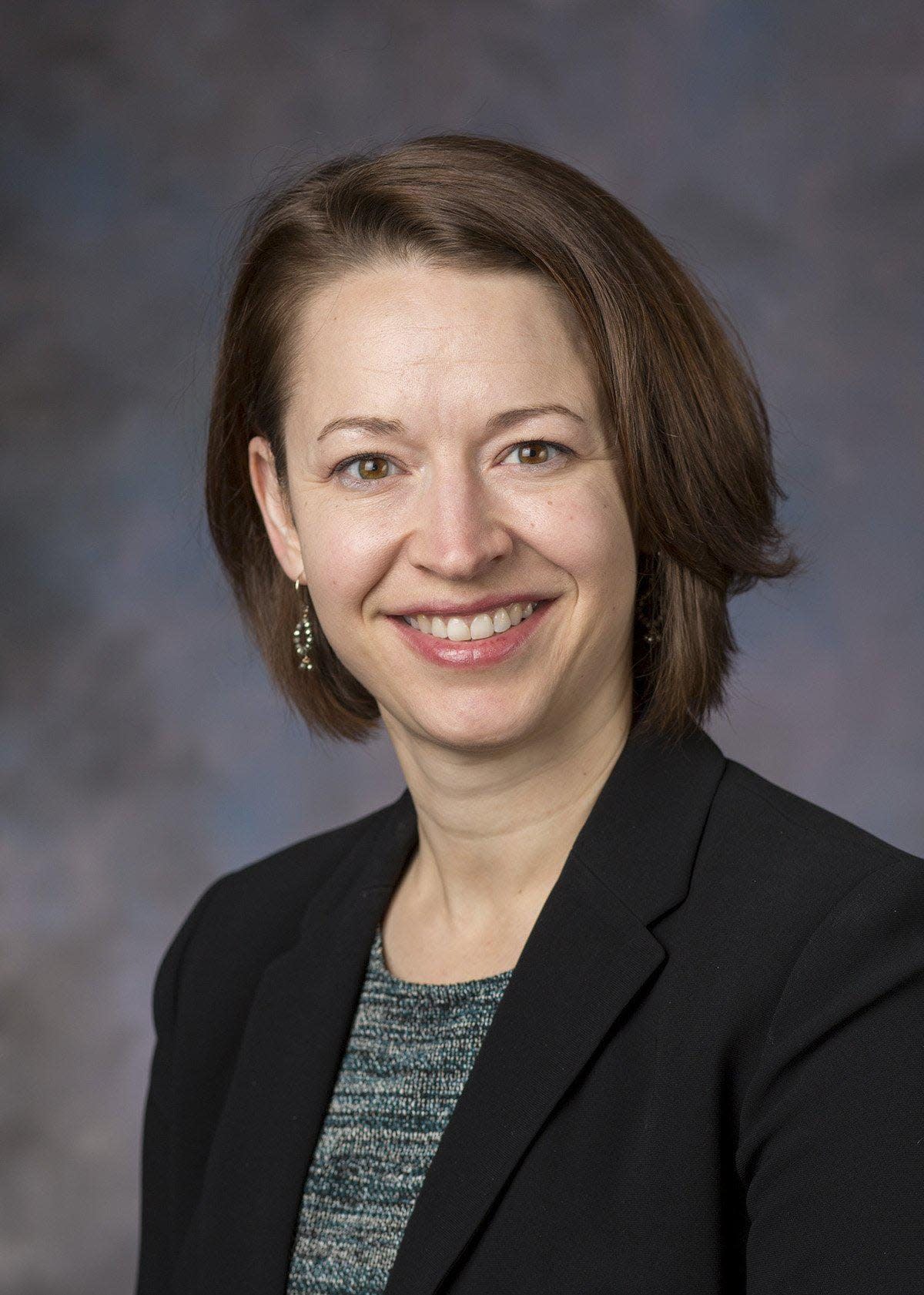Pediatric research: Preventing math errors helps children with burns

When a child has a burn injury involving second- and third-degree burns, immediate care is essential. Second- and third-degree burns involve more than the most-superficial layer of skin.
For a child with extensive burns, first responders must calculate how much of the body is affected by second- and third-degree burns. This calculation is known as the %TBSA-burned (percent of total body surface area burned).
Based on this calculation, the first responders will administer intravenous (IV) fluids and decide where to take the child for further care. If the %TBSA-burned is over a certain number, children should be sent to a specialty burn center. Depending on where a child lives, this decision could be the difference between a helicopter ride to a major metropolitan area or an ambulance ride to the nearest emergency department.
On the way to additional care, how much IV fluid a child receives matters. Too much fluid, and the child can develop compartment syndrome, when pressure and swelling can cause complications affecting the heart, lungs and other organs. Too little fluid can result in blood clots, kidney failure, worsening of the burn and other complications.
Calculating an accurate %TBSA-burned is vital. However, the same formula has been used since 1944 — and it’s complicated. It involves using a chart that divides the body into different segments, estimating how much of each segment is affected and adding the affected segments together. For example, if a child has severe burns across several body parts, the calculation might be something like this:
One-third of 17% + two-thirds of 12% + one-fourth of 5%.
I don’t know about you, but I’d need a calculator and some time to figure that out in the best of situations. And quickly trying to do the math in my head during an emergency, I’d have low confidence in the accuracy of my answer.
Past research shows that’s also true for the first responders and emergency department staff who do these calculations on a regular basis. They’re often wrong – by as much as 40%TBSA-burned overestimated.
To address this problem, researchers at Nationwide Children’s Hospital took a novel approach: to make the math easier.
They developed a new chart with stunning simplicity. Each segment of the chart is worth 1%. Now, first responders can mark the areas affected by the burns on the chart and simply count those segments.
The researchers validated the new chart by having people estimate the %TBSA-burned of burn simulation mannequins. They found with minimal training, first responders, other health care professionals and even high school students could closely calculate the correct %TBSA-burned — averaging within 6%, rather than within 40%.
I had the privilege of attending a training session in which people were introduced to the new chart. I’m happy to report even I could use it!
The chart, officially called NCHart-1, could dramatically reduce medication errors and improve treatment. The study describing its development and validation is published in the Journal of Burn Care & Research.
Abbie Roth is managing editor of Pediatrics Nationwide and Science Communication at Nationwide Children's Hospital.
Abbie.Roth@nationwidechildrens.org
This article originally appeared on The Columbus Dispatch: Nationwide Children's chart helps treat child burn victims

